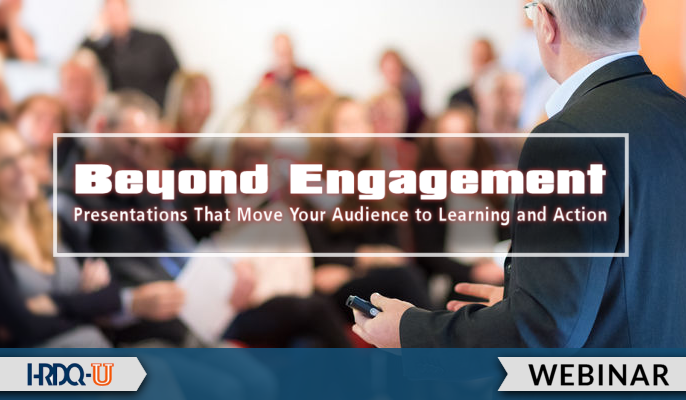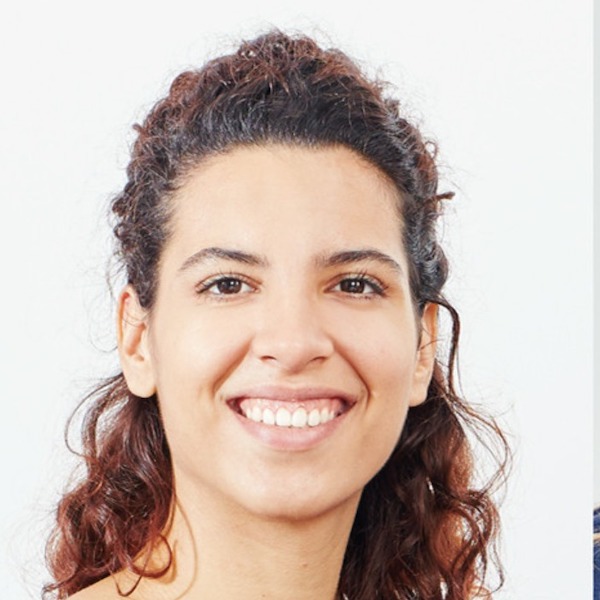
Presentations are notoriously boring, painful, and ineffective – even when delivered in training programs. Good presenters engage, but great presenters go beyond engagement to help people learn, remember, and take action.
In this webinar, internationally renowned learning consultant (and research translator) Will Thalheimer helps attendees reimagine presentations from a science-of-learning perspective. In this incisive session, he will share concepts like screen geography, eye paths, and visual credibility while describing practical ways to get rid of all our bullet points, utilize white space, guide attention, and support our audience in remembering and taking action. He’ll also provide an extensive job aid to all participants, outlining over 100 presentation-skill recommendations based on the ELRA (Engagement, Learning, Remembering, Action) model.
Will Thalheimer, Ph.D., does research-based consulting focused on learning evaluation and presentation design in workplace learning. He performs keynotes, workshops, evaluation strategy, smile-sheet rebuilds, and research benchmarking. He is the founder of The Debunker Club, author of the award-winning book, Performance-Focused Smile Sheets, creator of LTEM, the Learning-Transfer Evaluation Model, creator and host of the Presentation-Science online workshop, and co-host of the Truth-in-Learning podcast. Will consults at Work-Learning Research, where he also publishes extensive free research-to-practice reports.

“Very Engaging! Learned a lot! Hope to Remember and put into Action as much as possible! Thanks!”
Sandra C.
Administrative Director
Loyola University

“It was awesome, I just began doing some facilitation work on-site and virtually, and practice has helped me when I’m nervous, but I loved the tips about practicing and studying your slides, and if you forgot something no one will realize that, and about identifying my triggers. I would love to continue learning.”
Pamela A.
Operations Specialist
The Nature Conservancy

“This was impactful in that it gave me some new things to consider and expand into while also reinforcing many of the engagement, learning, remember, and act based parts of my delivery.”
Kimberly W.
Consultant
Kwhite Coaching

Sign up for more as a member of HRDQ-U
HRDQ-U offers much of its learning content free to visitors, including live and select webinars, blog posts, and more, with new events and posts shared every week. However, there is much more learning available. You can access our complete library of on-demand webinars and other training events and content by simply signing up.